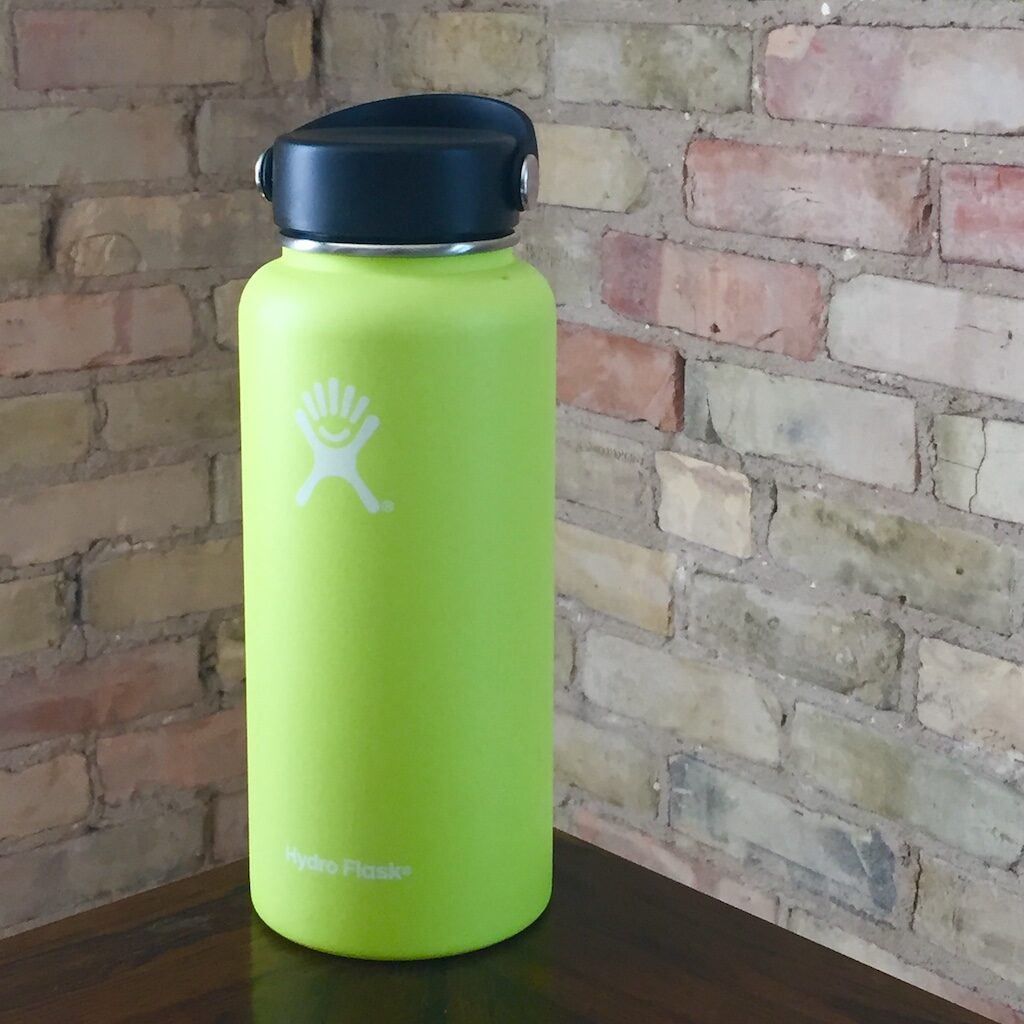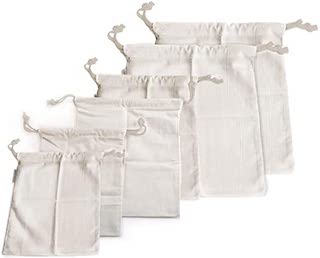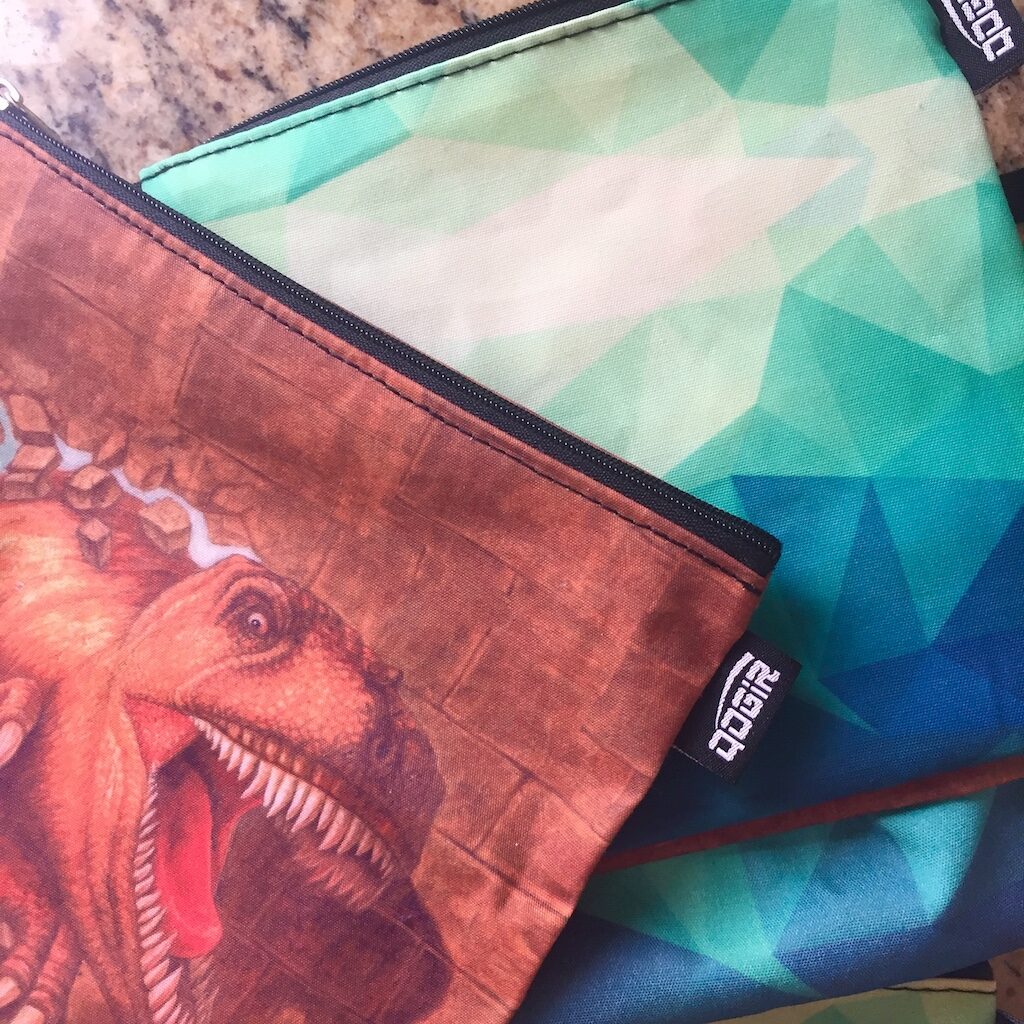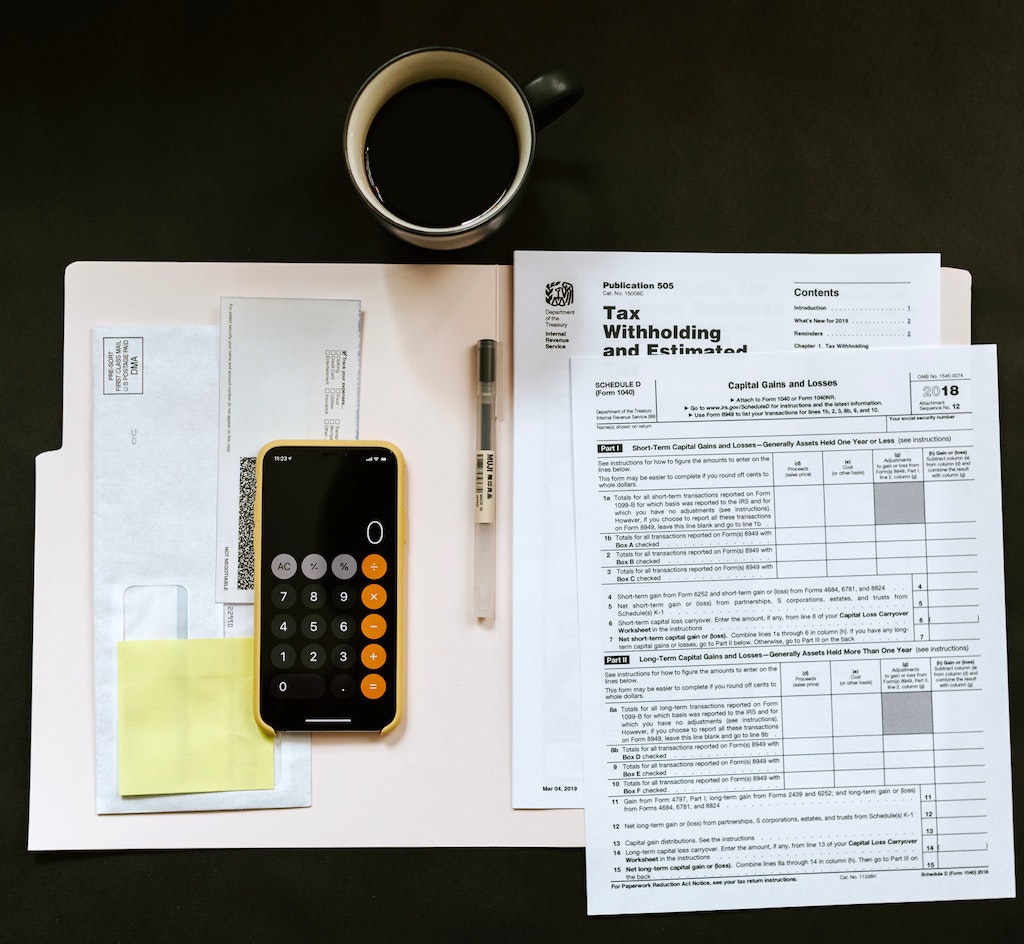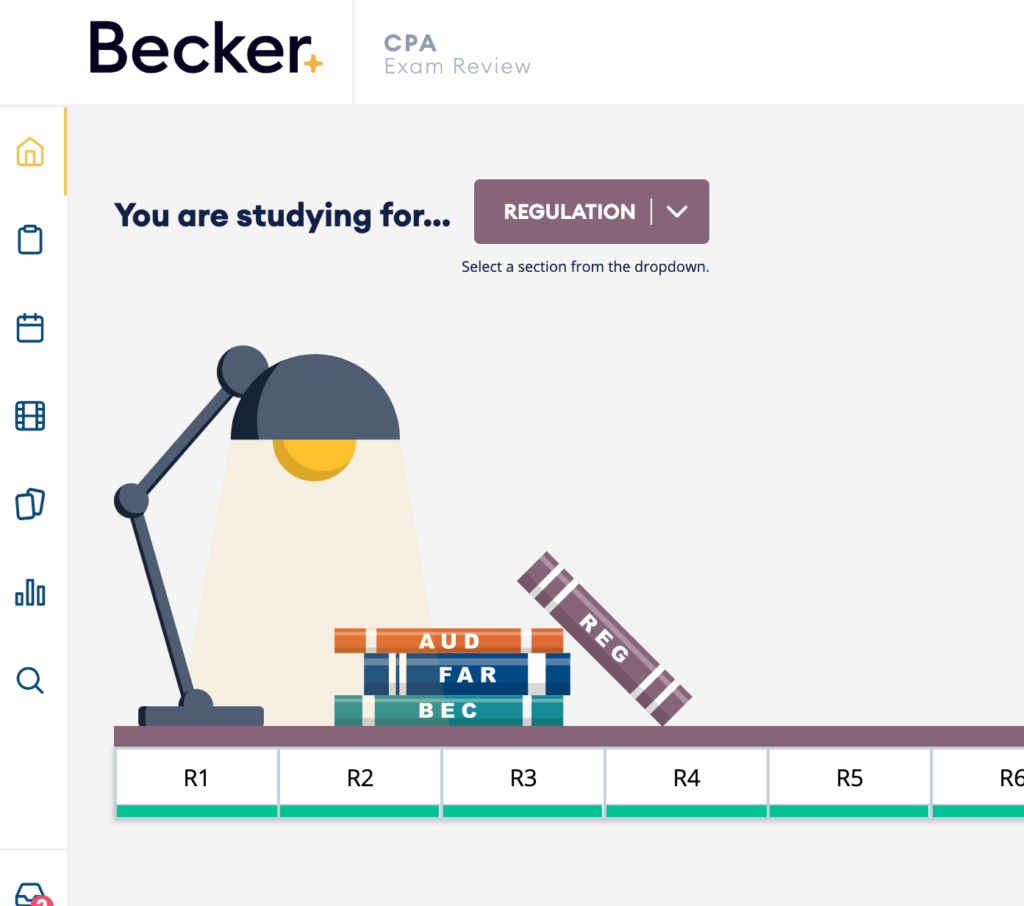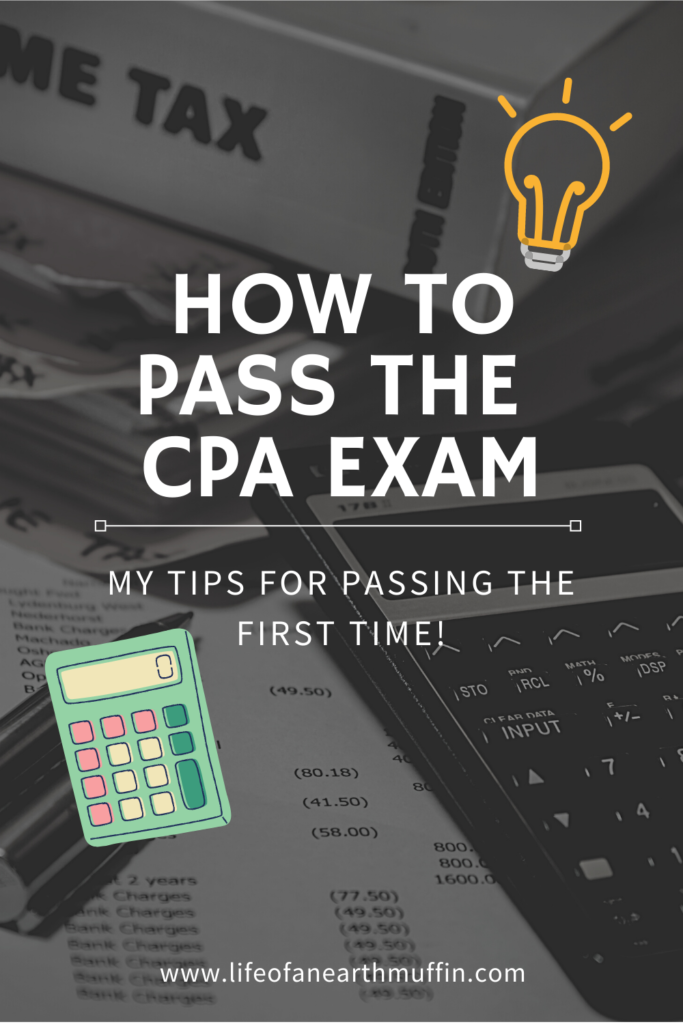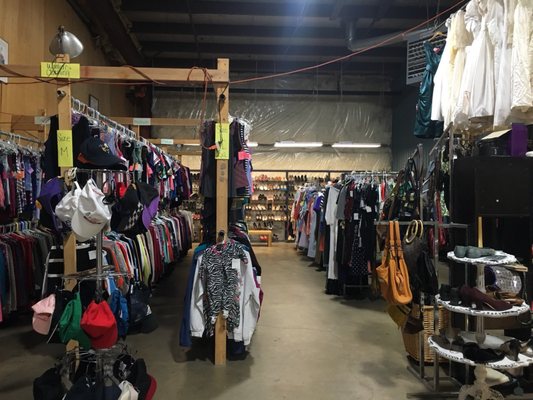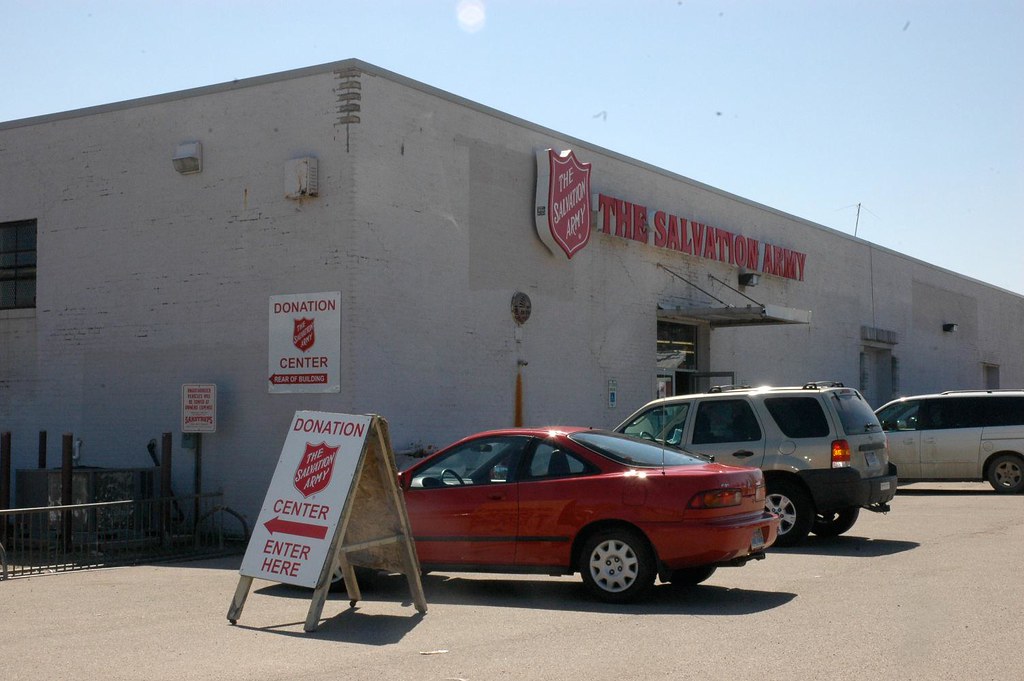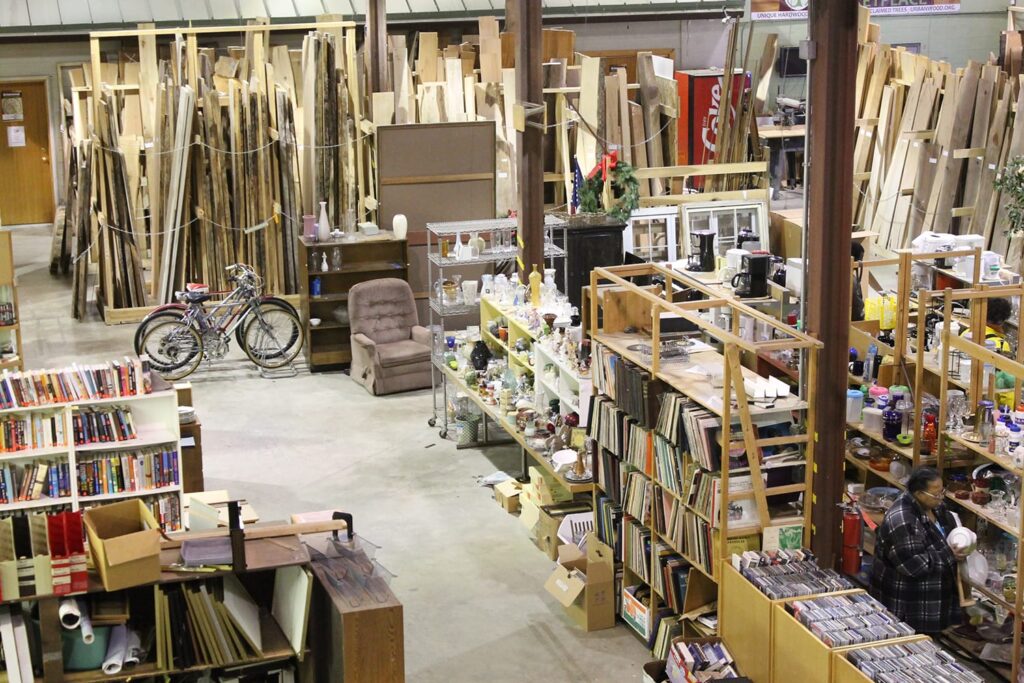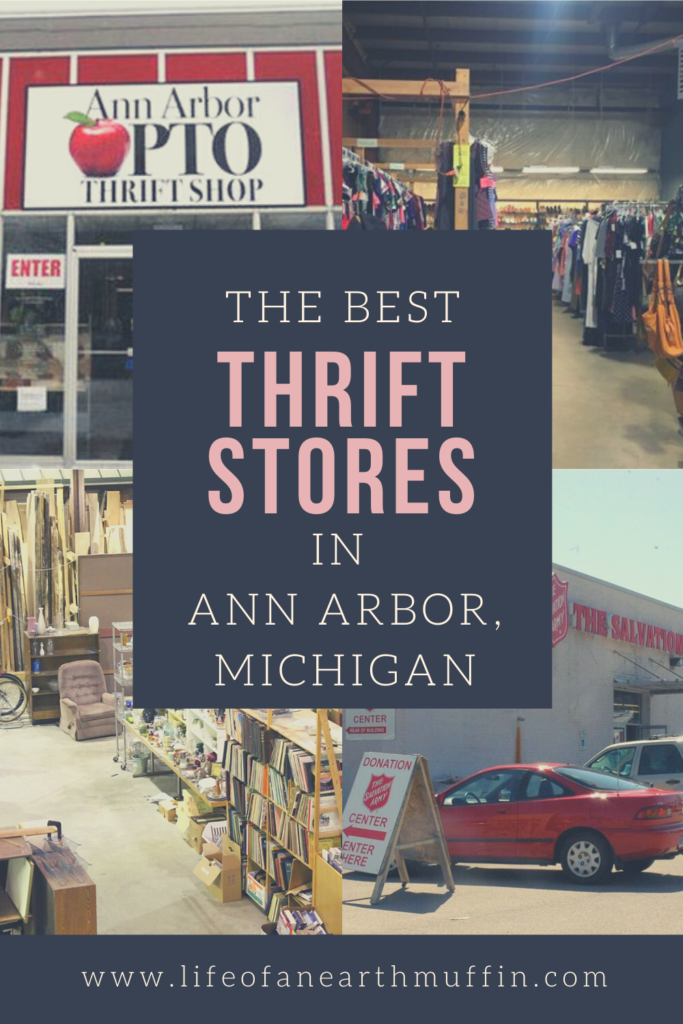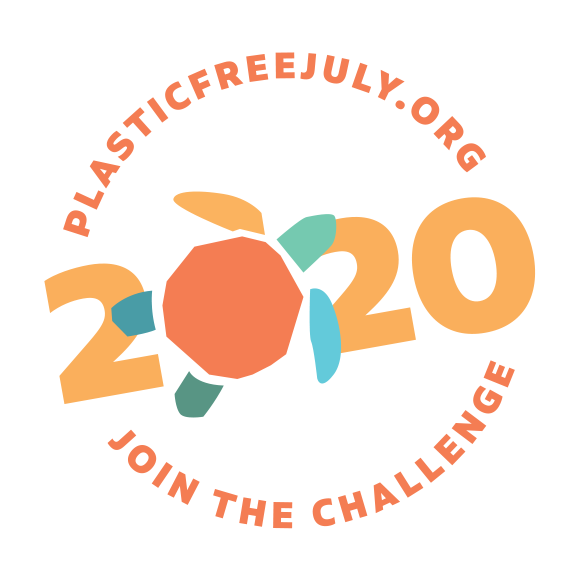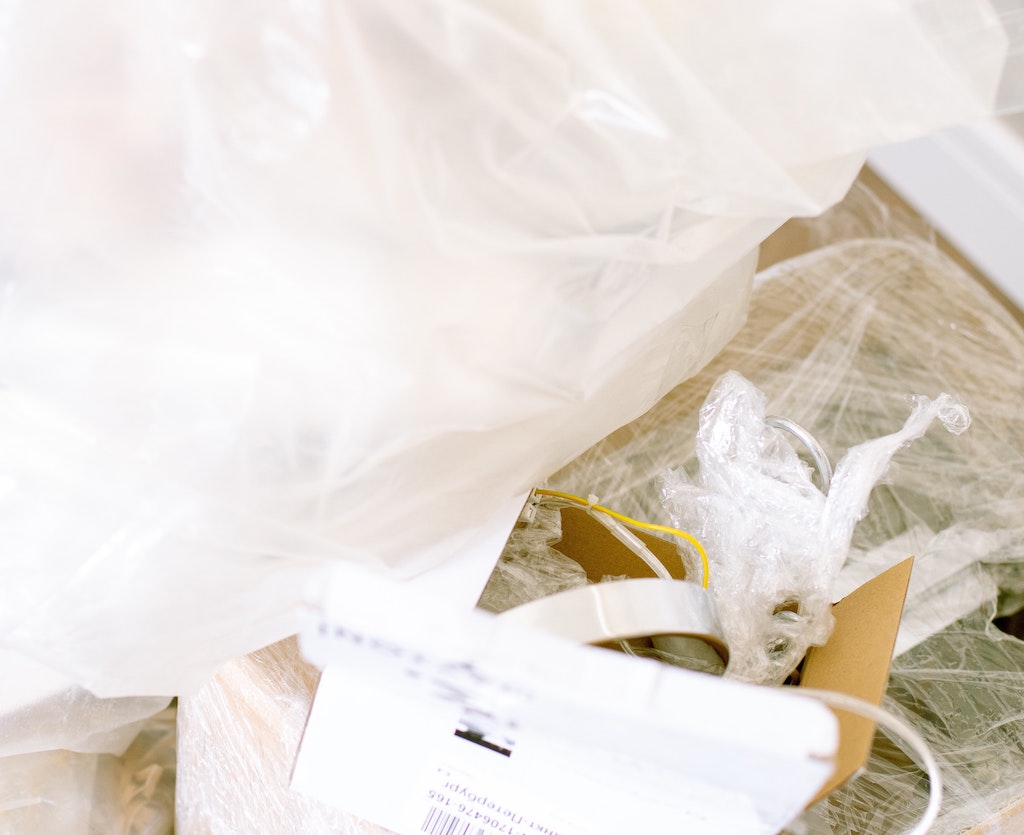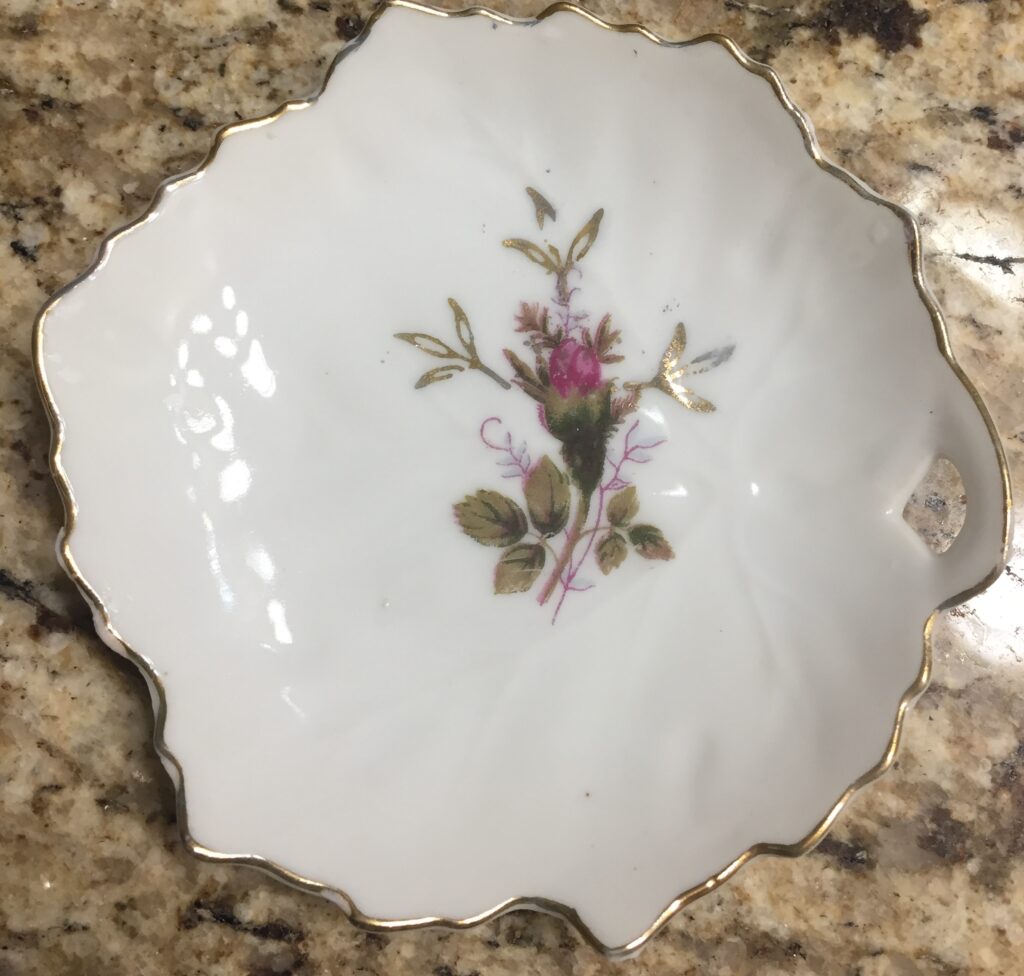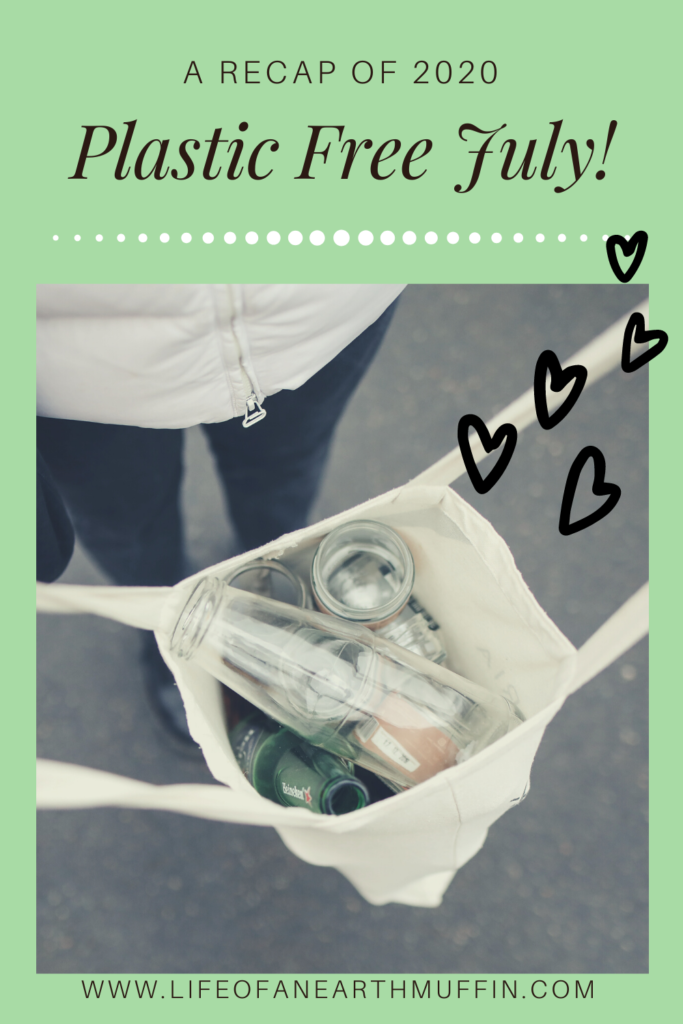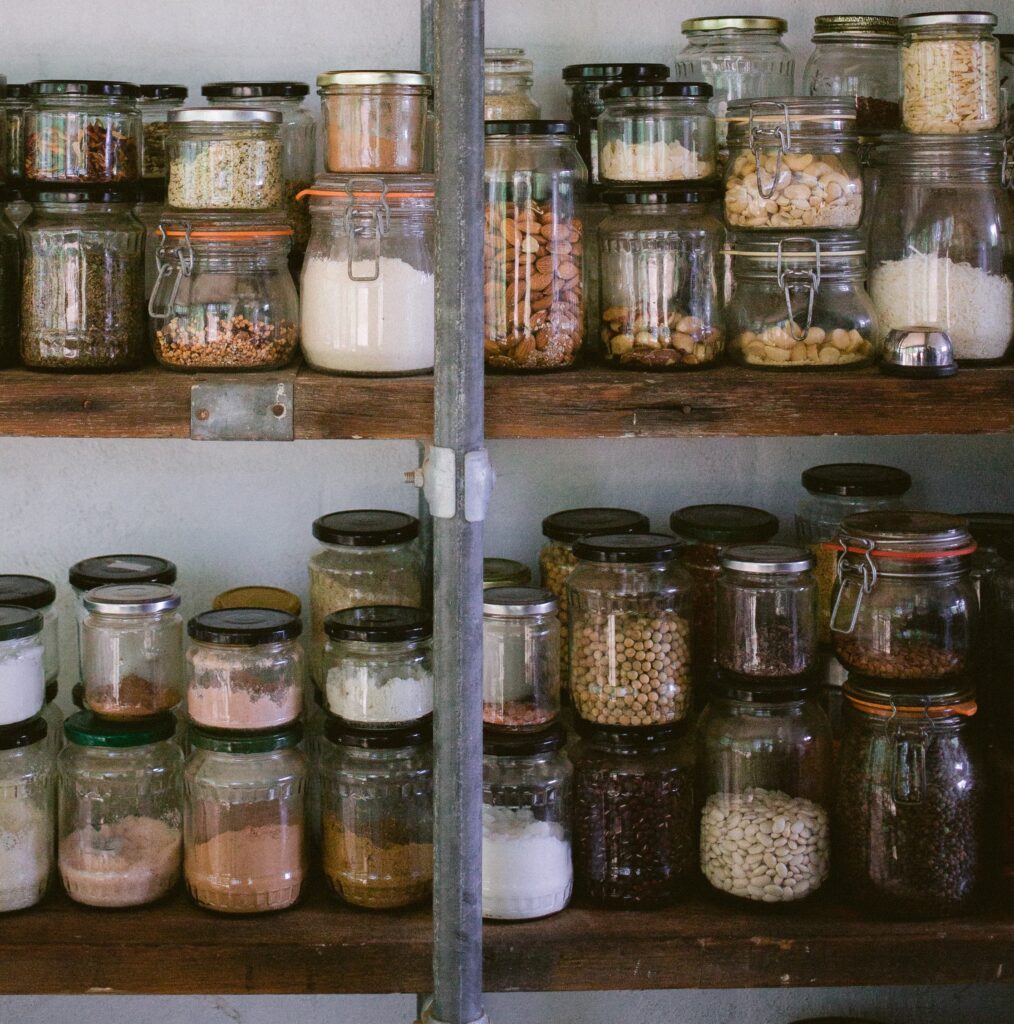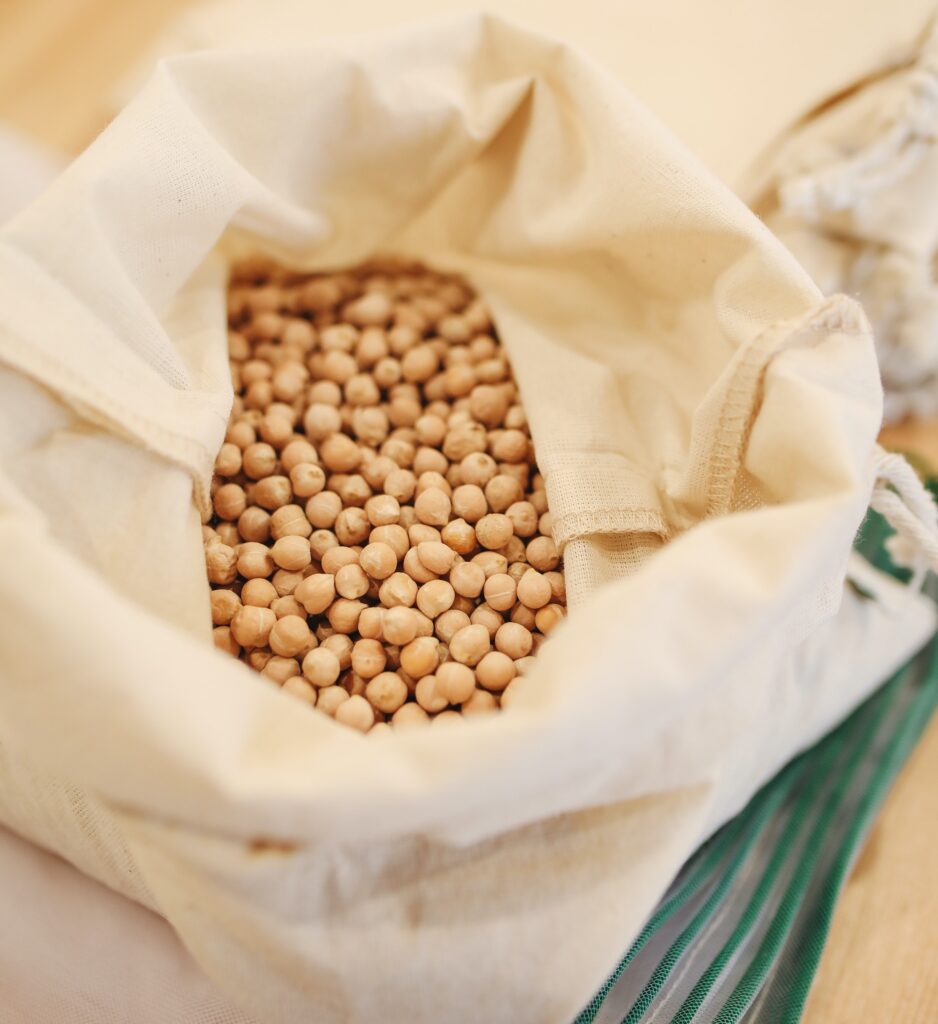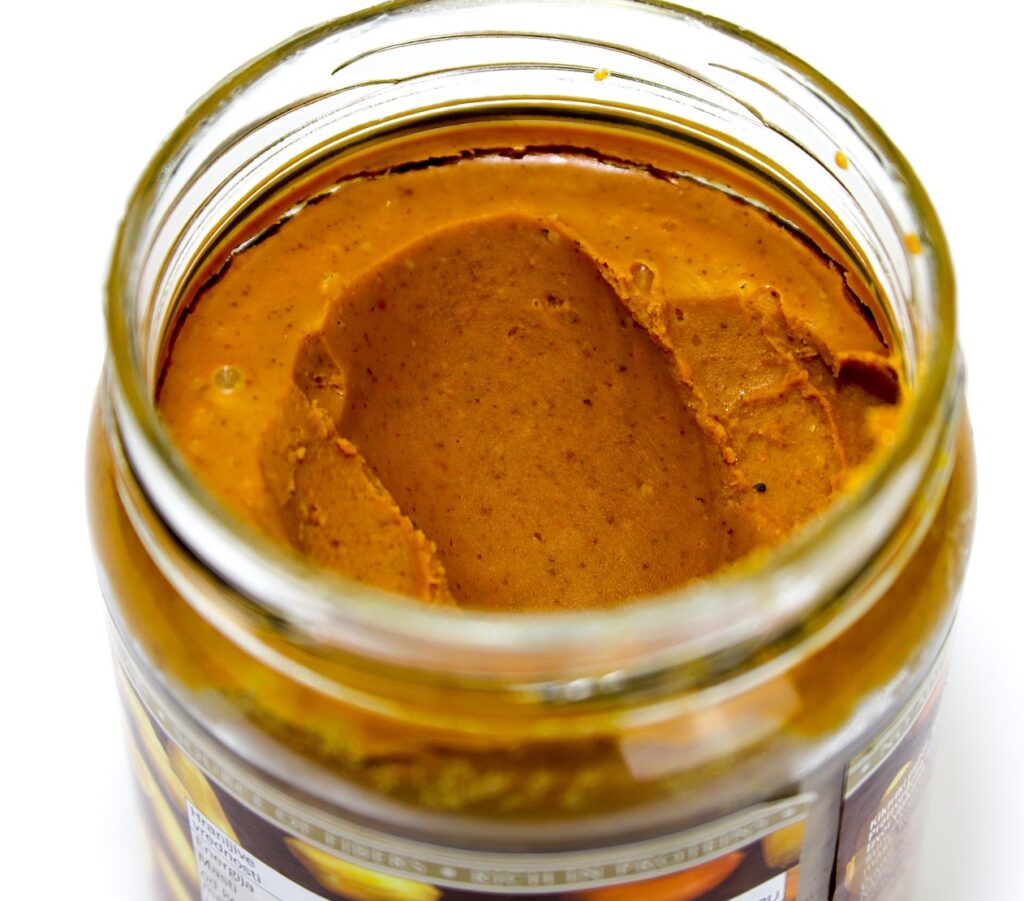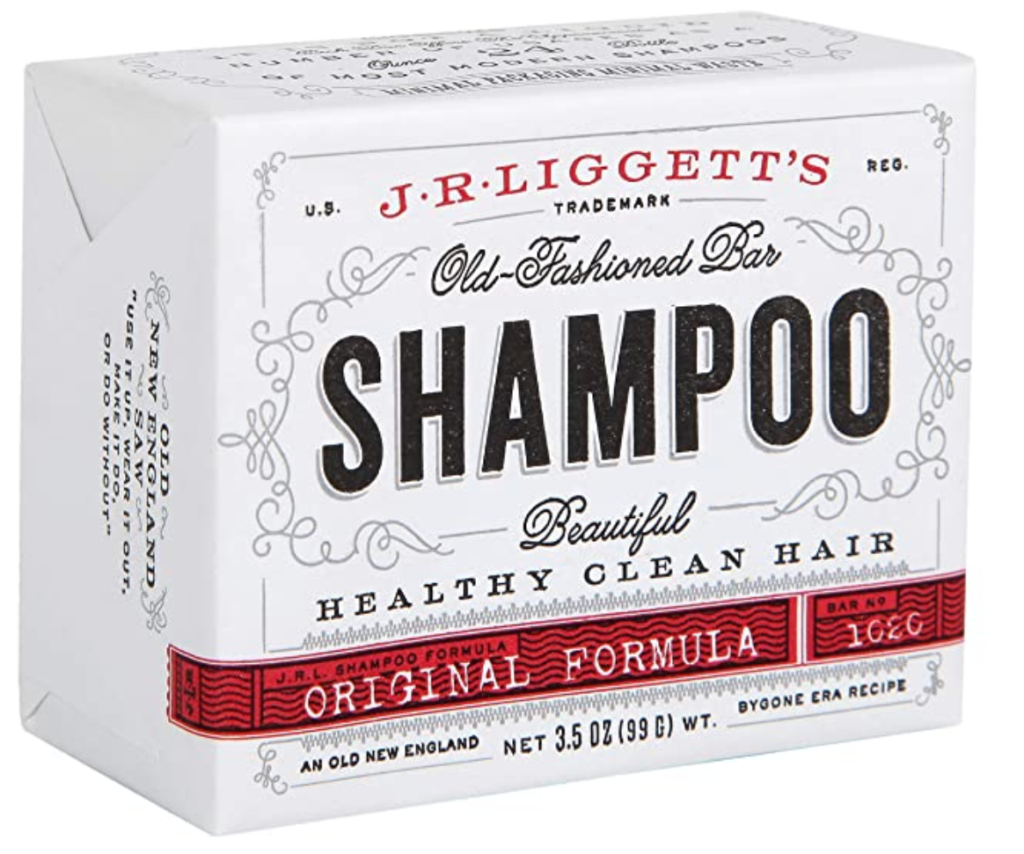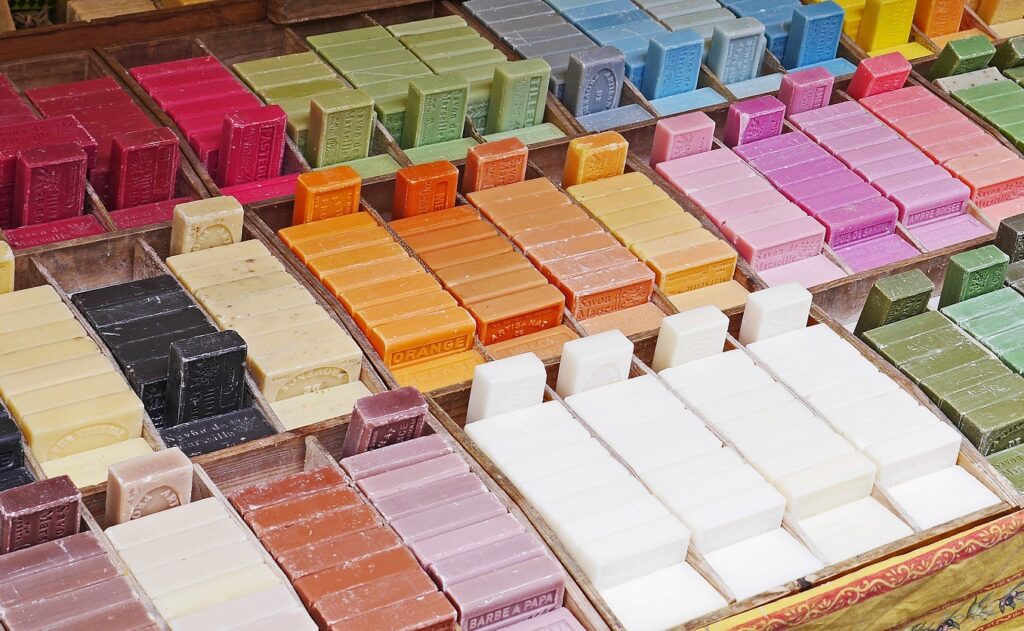Hey muffins! Many of you were extremely interested in my year long reflection on being a vegetarian. While I have transferred most of my food related content over to my Instagram (give me a follow!), I wanted to answer some big vegetarian questions in a post today! 😁 There are plenty of non-meat protein sources for anyone avoiding meat, but many people still have questions about them. I will be writing about three protein sources today: seitan, tofu, and tempeh. Let’s jump right into the questions!
What is seitan made out of?
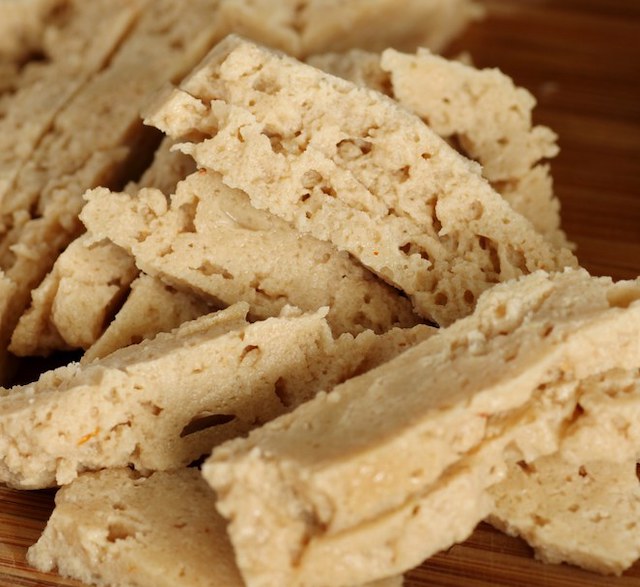
Seitan (pronouced “say-tan”, NOT “Satan” 😂) is made from wheat gluten. It is a popular meat replacement because the texture and look resembles that of meat. I personally don’t care if my protein looks like the meat it is replacing, but some veggie lovers might prefer that. For me, the big draw of seitan is that it can be cooked in many ways: baked, sliced, fried, grilled, etc. You can also buy seitan premade at many grocery stores (including Meijer). BUT, you can also make it yourself if you are feeling up for the challenge and want to avoid plastic packaging! I have never tried to make seitan by hand, but the recipes on Pinterest don’t seem that difficult to follow. 🤷♀️
What is your favorite way to eat seitan?
Because seitan is made out of wheat gluten, it has a nice, mild base flavor that allows it to be flavored however you want. 🎉 While this might sound really boring, I like to eat it from the package on a nice sandwich. Ever since I stopped eating meat I barely ever eat sandwiches other than good ol’ peanut butter and jelly; seitan changed the game with that! Sliced seitan is the same price as other deli meats at my local grocery store, so it is a perfect lunch to bring with me to work (hooray for bringing your own food to cut back on waste!! 🌎). As mentioned above, seitan can be cooked in so many ways…. I’m excited to continue trying out recipes!
What type of tofu should I use?

When browsing the tofu options at a grocery store, you will notice that there are multiple types. What you are going to cook with the tofu will require you to get a certain kind:
- Silken: This tofu is extremely soft and will not hold its shape if you cut it into cubes. Tofupedia says it is great for ricotta replacements; I have also seen it called for in some baking recipes.
- Regular: While it will hold its shape if you cut it into squares, it still has more water content than firm tofus. Use this for scrambled tofus!
- Firm: This is my go-to type! The tofu will hold its shape when cooked, and can be coated in delicious sauces too. 👌
- Extra firm: If my grocery store is out of firm tofu, I don’t mind using extra firm. I think this type is extra delicous as tofu nuggets, as it holds its shape very well!
What is your favorite way to cook tofu?
While I used to just roast my tofu in the oven for 30-40 minutes, I have a new method ever since moving in with my boyfriend. He has an air fry that is now in our kitchen; it is an awesome way to cook tofu! The outside gets nice and crunchy while the inside stays soft, so I would highly recommend trying out air frying. I usually put mine in at 390 degrees for about 15-25 minutes, but this could differ for every air fry device…. Keep an eye on them so they don’t get too crunchy or burn! 🙂
What is tempeh?

Tempeh is quite similar to tofu, as it is a soy protein. But, unlike the silky smooth texture of tofu, tempeh has halves of soybeans in it. This makes it look like a bunch of beans bundled together (I thought it was grain when I first say tempeh in the store)! If you are looking to reduce your usage of processed foods, then you might prefer tempeh over tofu. To get the smooth texture of tofu the soybeans are processed further than with tempeh; but, I enjoy both of these non-meat protein sources regardless of how much they are processed or not! 😁
How do I prepare tempeh?
Just like tofu, tempeh can be prepared in a lot of different ways. Some people find it to be on the bitter side (due to the fermentation process of how it is made), so steaming it before cooking can help with that. As there are halves of beans in the tempeh, it can easily crumble. That makes it a perfect substitute for taco meat! 🌮 If all else fails you can cube it up like tofu and cover it in a delicious sauce.
Overall, I hope this post goes to show that there are many non-meat protein alternatives on the market. I didn’t even mention all of them in this post! While most of my food content is going to shift over to my Instagram now, I hope these answers help out anyone thinking about becoming a vegetarian in the future. 🥰
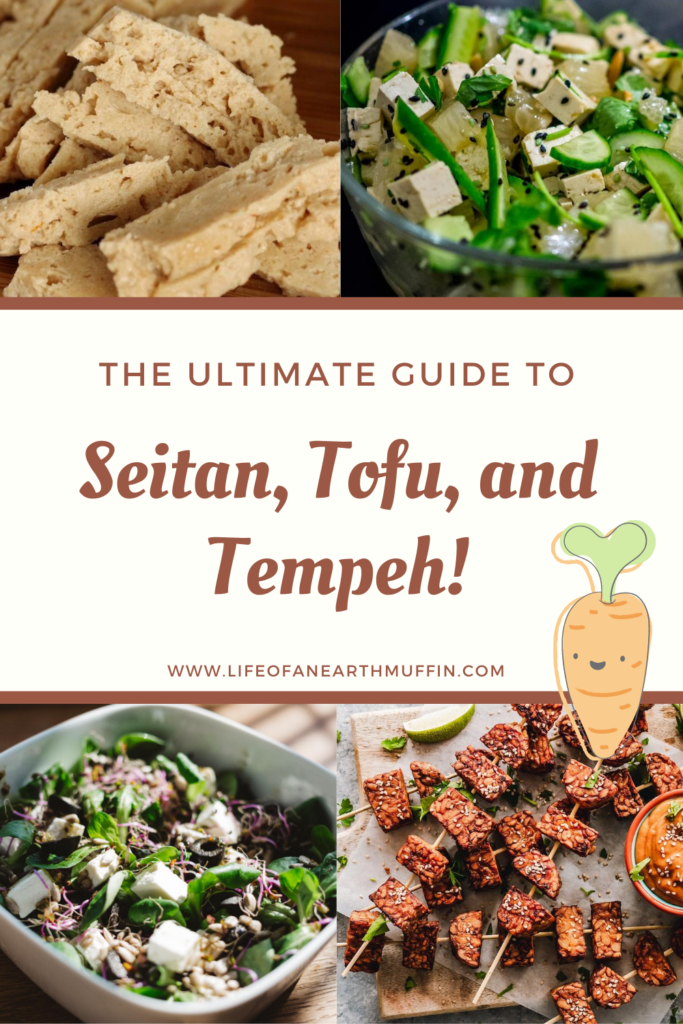
Love,
Jenna ♥


